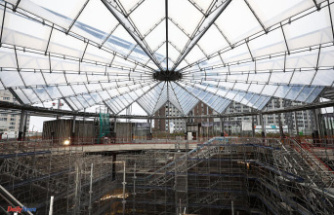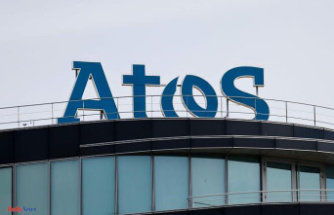Shinzo Abe, Japan's former Prime Minster, was assassinated Friday. He had intended to transform the economy.
Before stepping down in late 2020, he was the longest-serving prime Minister of the country.
His most prominent policy was probably "Abenomics", his economic program.
The raft of major reforms and stimulus measures did not bring about the world's third-largest economy back to life. However, they were still well within the expectations.
In 2012, Japan was in recession. Abenomics was viewed as Japan's first attempt to bring it back to growth.
However, his attempts to revive Japan's economic was met with major difficulties when the country fell into recession in 2020.
This and other slowdowns have raised questions about his effectiveness.
The set of policies that Mr Abe introduced starting in 2012 was his signature economic program.
His goal was to get Japan's economy moving again after two decades of stagnation by using the three "arrows" that Abenomics offers:
Abenomics was a successful exercise in political branding. However, it failed to meet Mr Abe's key economic goal.
His government was confronted with the daunting task to revive Japan's once-dynamism economy. It was still reeling from the severe slowdown in Japan during the so-called "lost ten years" period between 1991 and 2001.
Although Abenomics was able to drive growth, it wasn't at the same pace as the country experienced during its post-war boom. The economy is still smaller than the 600 trillion-yen ($PS3.7tn; $4.4tn), goal that Mr Abe's administration set for 2020.
Many economists thanked Mr Abe for making the country more resilient to economic shocks such as the pandemic, eight years after he took office.
Japan's fall into recession in the early 2020s brought into question Mr Abe’s economic strategy.
His handling of Covid in the country also came under fire. He organized campaigns to promote domestic tourism, which were criticized by opponents as contributing to an increase in infections.
Critics claim that Abenomics did not deliver on its promises to give women more voice in the workplace, tackle nepotism, and change unhealthy work cultures.
Haruhiko Kuroda, Bank of Japan governor, said Friday that Mr Abe had made great efforts to "pull Japan out of prolonged depression" and "achieve sustained economic growth".
He said he would "express sincere appreciation for Abe’s strong leadership" and "contribute to Japan’s economic development".
What does Japan's future look like?
In spring 2020, Mr Abe was succeeded by Yoshihide Sag, who became the leader of the Liberal Democrat Party, and as Prime Minister. He continued to pursue Abenomics policies.
Fumio Kishida, Japan's current Prime Minister, took over from Mr Suga in October. He is a member the Liberal Democrat Party (LDP) and he stated that he was a member of his predecessors. However, he said in an interview shortly after taking office: "Abenomics clearly delivered results on gross domestic product as well as corporate earnings and employment. It failed to create a 'virtuous circle'.
"I want to create a virtuous economic circle by increasing the incomes of more people than just a select segment to stimulate consumption. He said that he believes this is the key to the future of capitalism.
The current government supports vulnerable households and businesses in the face Omicron and an increase in energy prices.
The Organisation for Economic Cooperation and Development, (OECD), predicts that after a slow year with a weighed down demand from Covid and Russia-Ukraine wars, the economy will pick up and grow by 1.7% by 2022. However, it warns that the economic recovery will not be rapid.












